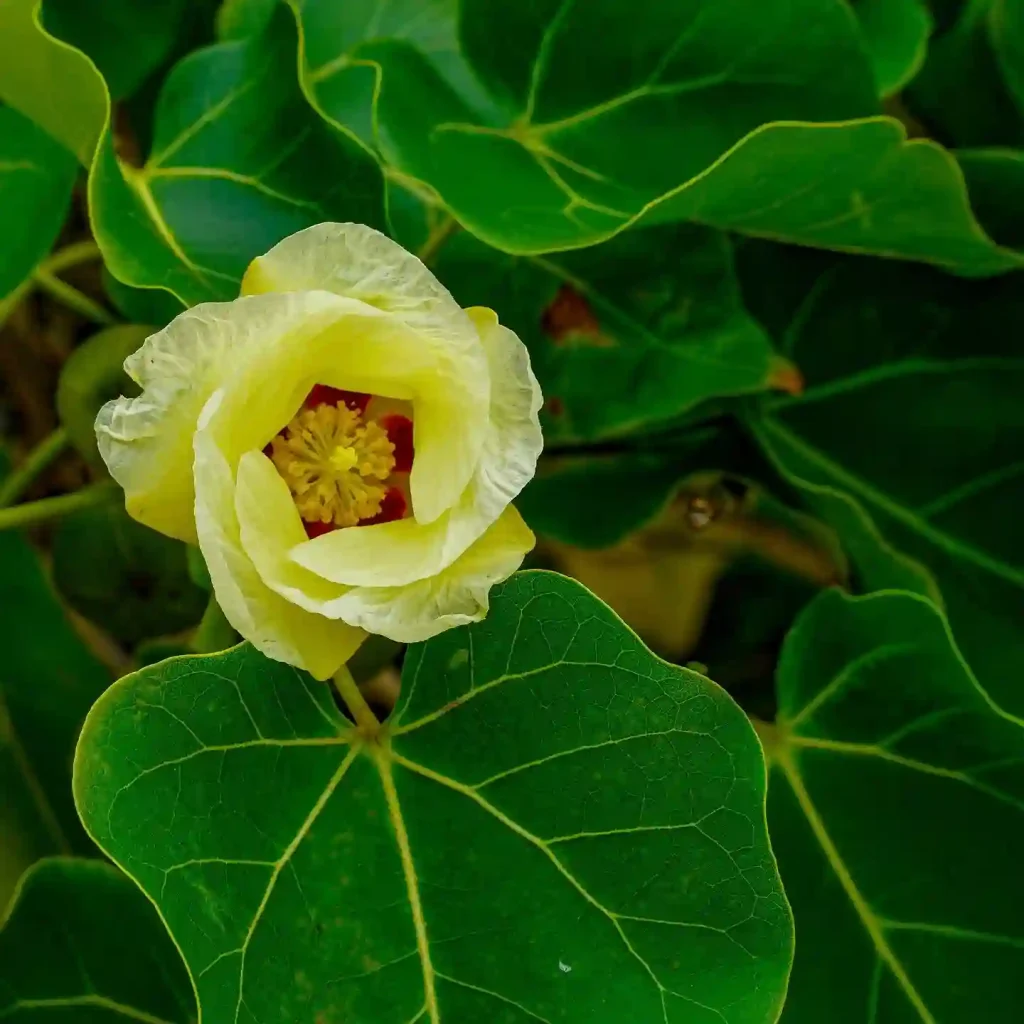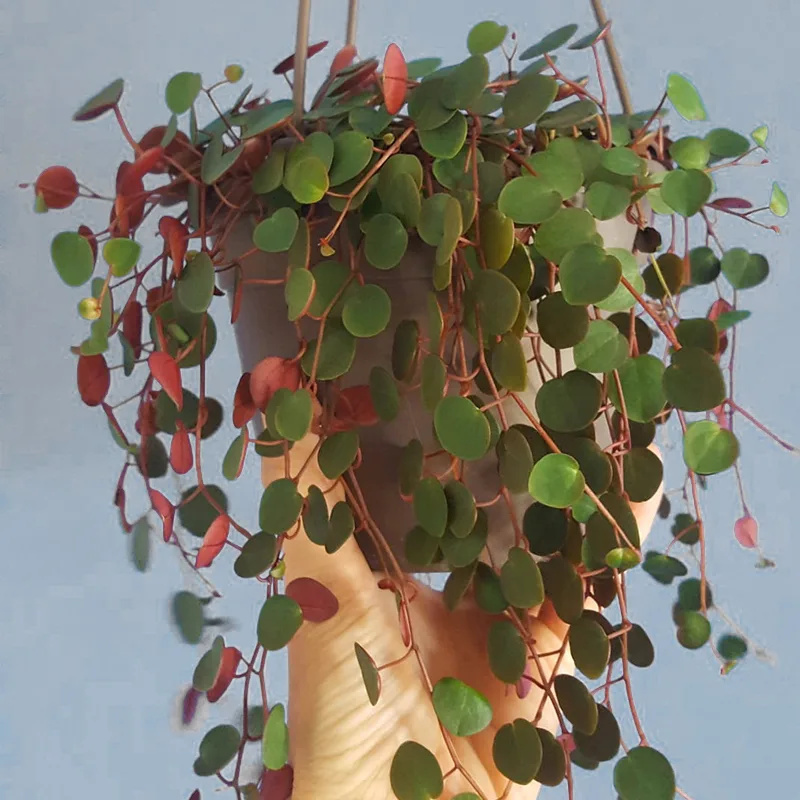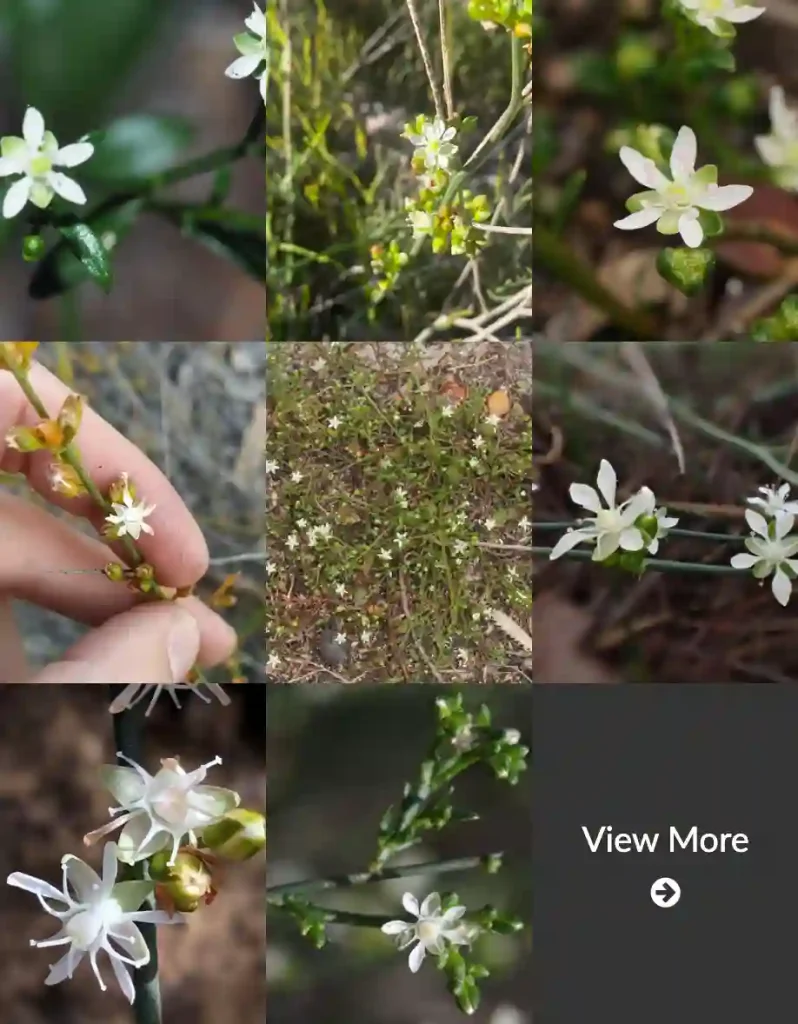Exploring the Penaeaceae Family: A Personal Journey
As an avid plant enthusiast, I’ve always been drawn to the diverse and fascinating world of plant families. One family that has piqued my interest lately is Penaeaceae. This family is native to the Southern Hemisphere, particularly South Africa, and includes several intriguing genera, notably Olinia, Penaea, and Rhynchocalyx. Each of these genera showcases unique characteristics and adaptations that tell the story of life in challenging environments.
Understanding the Penaeaceae Family
The Penaeaceae family is relatively small but significant in the plant kingdom. It belongs to the order Myrtales, which is a diverse group that also includes well-known families like Myrtaceae and Onagraceae. What I find fascinating about Penaeaceae is its adaptability to various habitats, from coastal regions to mountainous terrains. This resilience reflects the diverse ecological niches these plants occupy, making them vital for biodiversity.
The Genus Olinia
One of the standout genera in the Penaeaceae family is Olinia. Comprising several species, Olinia is known for its striking foliage and fragrant flowers. I first encountered Olinia when I visited a botanical garden in South Africa. The leaves were a deep green, often with a glossy sheen that caught the sunlight beautifully. The flowers, typically white or pale yellow, exude a delightful scent, attracting various pollinators.
Olinia species are primarily shrubs or small trees, thriving in well-drained soils. They are often found in fynbos ecosystems, which are characterized by their unique flora adapted to fire and nutrient-poor conditions. The ability of Olinia to flourish in such challenging environments highlights the resilience of this genus.
Discovering Penaea
Moving on to Penaea, I was captivated by this genus’ variety of forms and adaptations. Penaea consists of about 20 species, predominantly found in South Africa. The plants range from small shrubs to larger, woody specimens. What I find particularly interesting about Penaea is its ability to adapt to different soil types, including sandy and rocky substrates.
In my research, I discovered that Penaea species are often used in traditional medicine by indigenous communities. For instance, Penaea mucronata, commonly known as the “wild rosemary,” is valued for its medicinal properties. This intersection of botany and cultural significance adds another layer of appreciation for these plants. The scent of the leaves, reminiscent of rosemary, is invigorating and aromatic, making them a favorite among gardeners and herbalists alike.
The Unique Rhynchocalyx
Lastly, let’s explore Rhynchocalyx, a lesser-known genus within the Penaeaceae family. Rhynchocalyx is intriguing due to its distinct floral morphology. The flowers are typically tubular and attract a variety of pollinators, including birds and insects. I remember being particularly struck by the vibrant colors of Rhynchocalyx blooms during my visits to various plant exhibitions.
Rhynchocalyx species are often found in similar habitats as Penaea, thriving in well-drained soils and full sunlight. Their adaptations allow them to survive in harsh conditions, making them valuable contributors to their ecosystems. The ability of these plants to thrive under such circumstances showcases the resilience inherent in the Penaeaceae family.
The Importance of Conservation
As I delve deeper into the Penaeaceae family, I cannot help but reflect on the importance of conservation. Many species within this family are threatened by habitat loss and climate change. Protecting these plants is essential not only for preserving biodiversity but also for maintaining the ecological balance in their native habitats.
In my gardening practice, I’ve made it a point to incorporate native species, including those from the Penaeaceae family. These plants not only enhance my garden’s beauty but also support local wildlife and ecosystems. By fostering a deeper understanding of these plants, I hope to inspire others to appreciate the unique flora of our world and take steps towards conservation.
Final Thoughts
My journey into the world of the Penaeaceae family has been enlightening and rewarding. From the elegant Olinia to the adaptable Penaea and the vibrant Rhynchocalyx, each genus offers something unique to the plant kingdom. I encourage fellow plant lovers to explore this family further, whether through cultivation or conservation efforts. Together, we can appreciate and protect these remarkable plants for future generations. The world of Penaeaceae is not just about plants; it’s about understanding our connection to nature and the vital role that these species play in our ecosystems.
If i die, water my plants!



